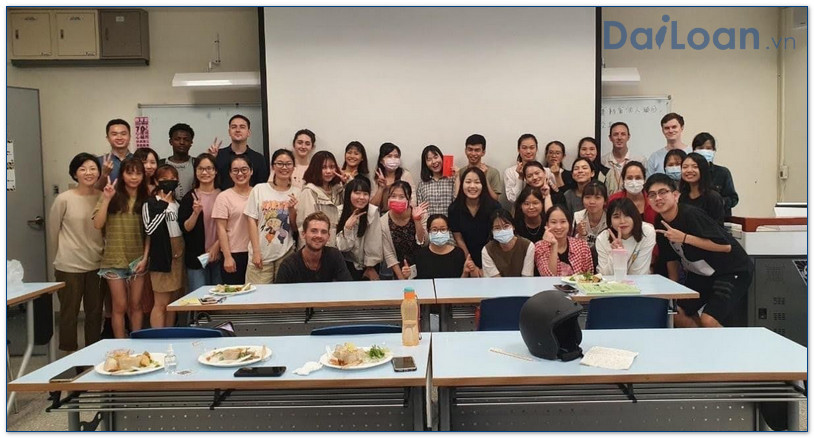The Chinese phrase 攜手 (xī shǒu) is rich in meaning and cultural significance. In this article, we will delve deep into its meaning, grammatical structure, and provide practical example sentences to illustrate its use. This exploration will allow both language learners and enthusiasts to gain a well-rounded understanding of this expression.
The Meaning of 攜手 (xī shǒu)
The term 攜手 (xī shǒu) is composed of two characters:
- 攜 (xī): This character means “to carry” or “to hold.” It suggests the act of physically taking something along with oneself.
- 手 (shǒu): This means “hand,” often symbolizing support, help, or partnership.

Together, 攜手 conveys the idea of “holding hands” or “joining hands.” It is frequently used in contexts that emphasize cooperation, unity, and mutual support among individuals, organizations, or communities.
Grammatical Structure of 攜手
In terms of grammatical structure, 攜手 functions as a verb phrase. It can be used in various sentence constructions, demonstrating its flexibility in Mandarin Chinese.
Sentence Structure
攜手 generally follows a subject-verb-object format, where it can be integrated with different subjects to convey a range of meanings. Here is a breakdown of its grammatical use:
- Subject + 攜手 + Object
- 攜手 + Verb Phrase: It can also serve as part of a larger verbal construct.
Usage with Various Subjects
The phrase can be used with individuals, groups, or abstract concepts, reflecting partnership or collaboration. Here are some common subjects:
- People: “We can 攜手 to achieve our goals.”
- Organizations: “The two companies decided to 攜手 in their new project.”
- Communities: “The community must 攜手 to face challenges.”
Example Sentences Using 攜手
To provide a clearer understanding of how to use 攜手 in real-life contexts, here are several example sentences:
1. We can work together.
我们可以攜手一起努力。
(Wǒmen kěyǐ xīshǒu yīqǐ nǔlì.)
This sentence emphasizes collaborative effort and mutual support among individuals.
2. The organizations joined hands for a common cause.
这些组织为了共同的目标攜手合作。
(Zhèxiē zǔzhī wèile gòngtóng de mùbiāo xīshǒu hézuò.)
Here, 攜手 illustrates the unity of different organizations working together.
illustrates the unity of different organizations working together.
3. We need to face the challenge together.
我们需要攜手面对挑战。
(Wǒmen xūyào xīshǒu miànduì tiǎozhàn.)
This example highlights the importance of collective action in overcoming difficulties.
4. Let’s join hands to protect the environment.
让我们攜手保护环境。
(Ràng wǒmen xīshǒu bǎohù huánjìng.)
In this case, 攜手 emphasizes the shared responsibility for environmental protection.
Conclusion
In summary, 攜手 (xī shǒu) is more than just a phrase in Mandarin; it embodies the essence of collaboration, unity, and mutual support. By understanding its meaning, grammatical structure, and practical applications, language learners can enrich their Chinese vocabulary and enhance their ability to communicate effectively.
Whether in personal relationships, business collaborations, or community efforts, the concept of 攜手 serves as a powerful reminder of the strength that comes from working together.

Sứ mệnh của Chuyên là giúp đỡ và truyền cảm hứng cho các bạn trẻ Việt Nam sang Đài Loan học tập, sinh sống và làm việc. Là cầu nối để lan tỏa giá trị tinh hoa nguồn nhân lực Việt Nam đến với Đài Loan và trên toàn cầu.
CÓ THỂ BẠN QUAN TÂM
Du học Đài Loan
Lao Động Đài Loan
Việc Làm Đài Loan
Đơn Hàng Đài Loan
Visa Đài Loan
Du Lịch Đài Loan
Tiếng Đài Loan
KẾT NỐI VỚI CHUYÊN
Zalo: https://zalo.me/0936126566
Website: www.dailoan.vn




